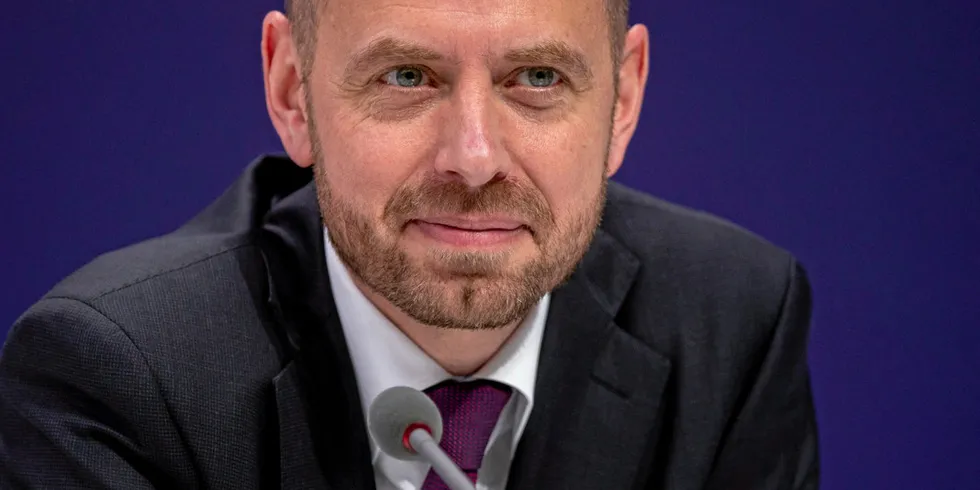Germany ploughs $117m into Siemens Energy-led bid to develop game-changer hydrogen offshore wind
Flagship H2Mare project based on Siemens Gamesa turbines aims at building entire value chain to produce green hydrogen at sea

Flagship H2Mare project based on Siemens Gamesa turbines aims at building entire value chain to produce green hydrogen at sea
